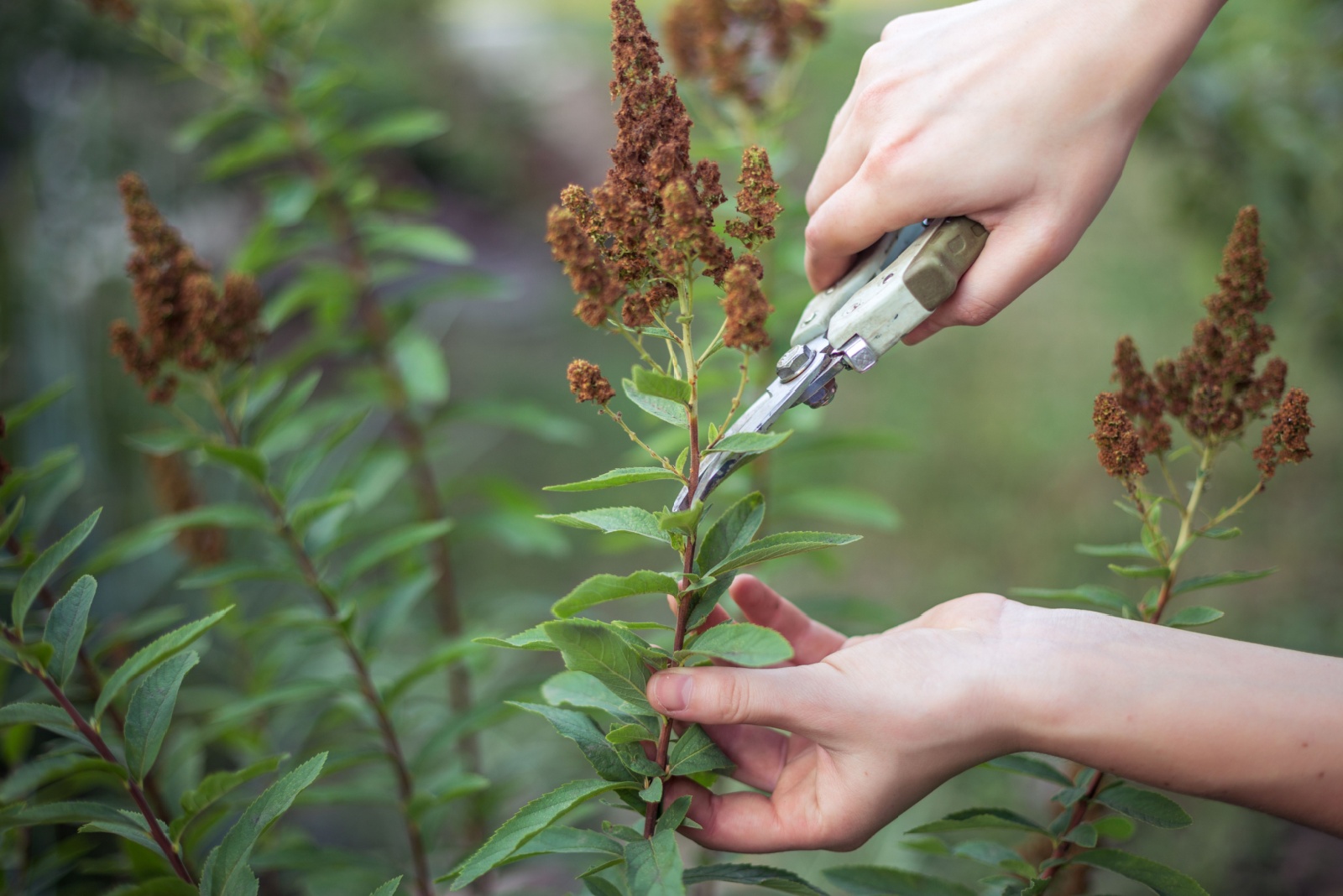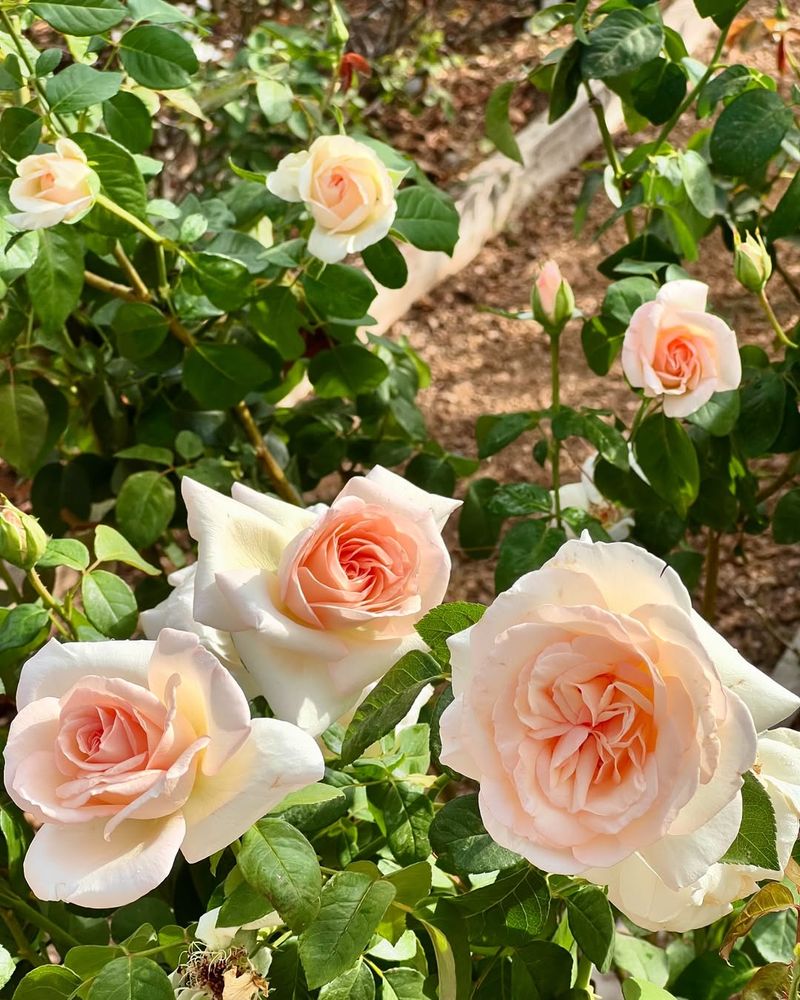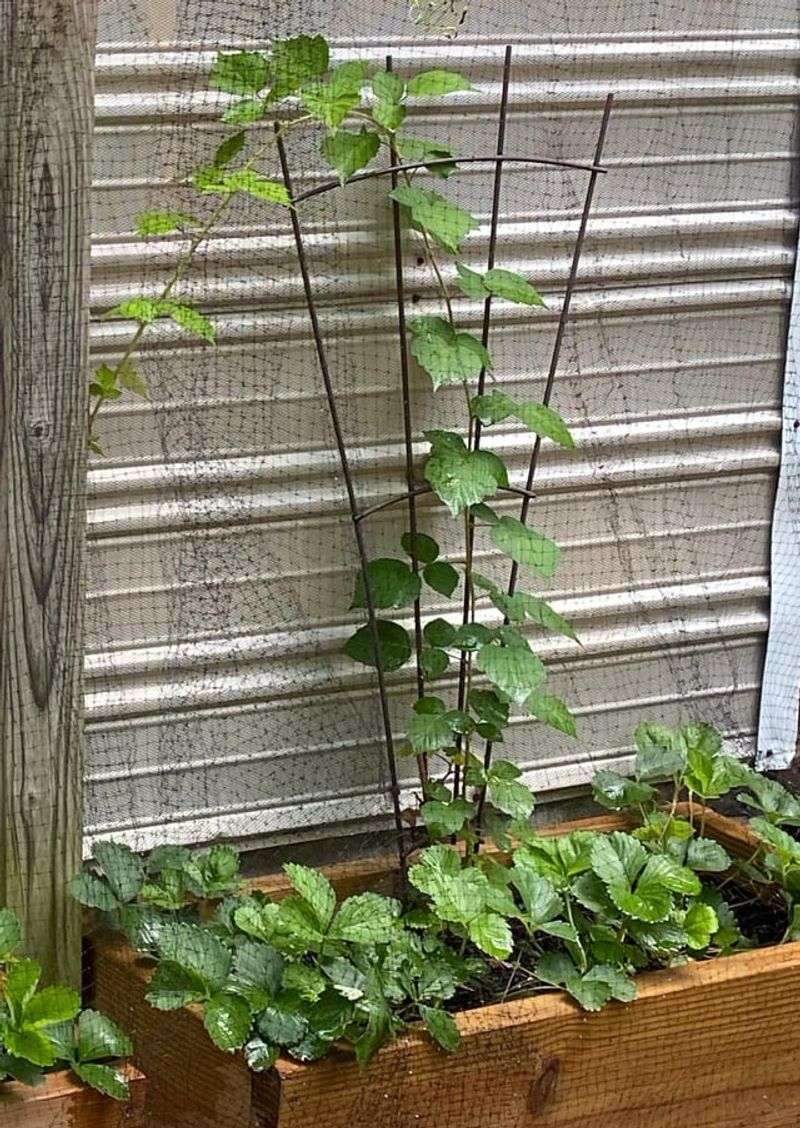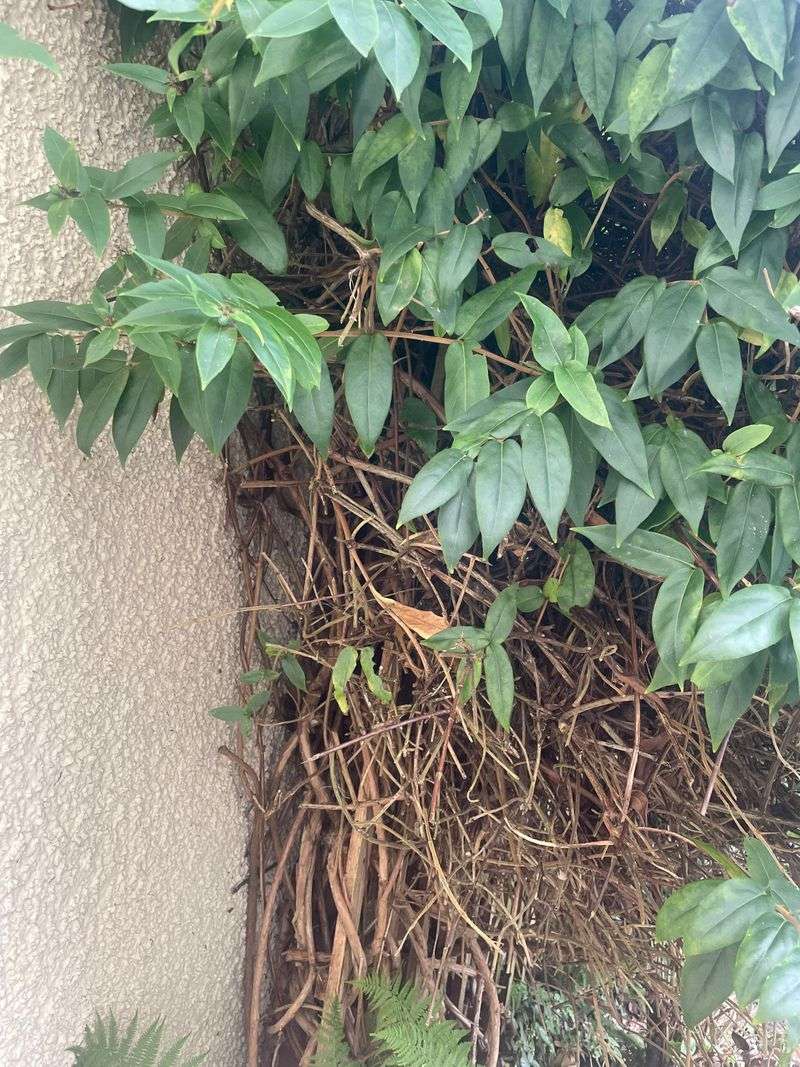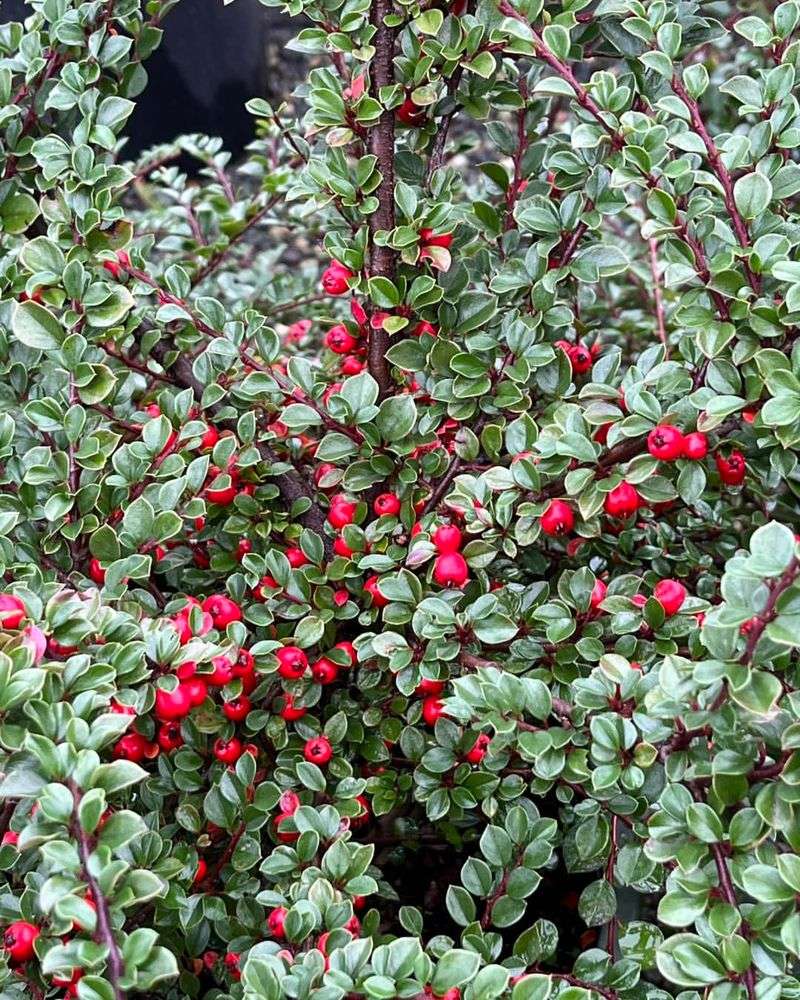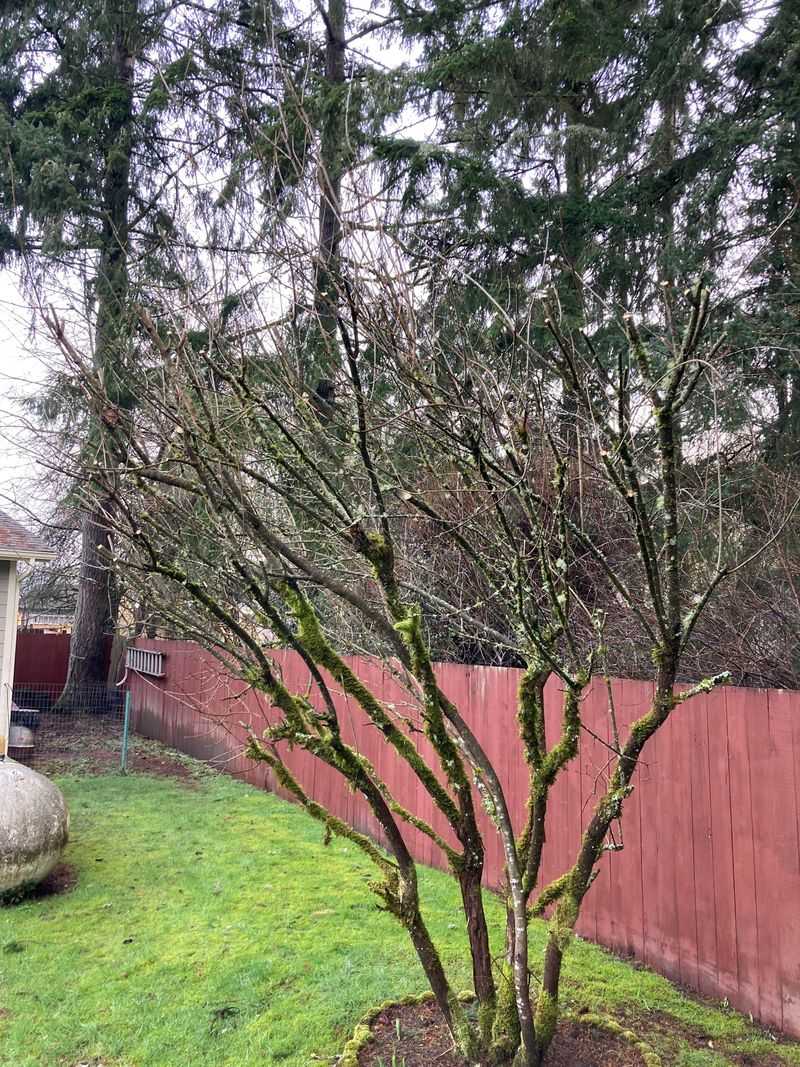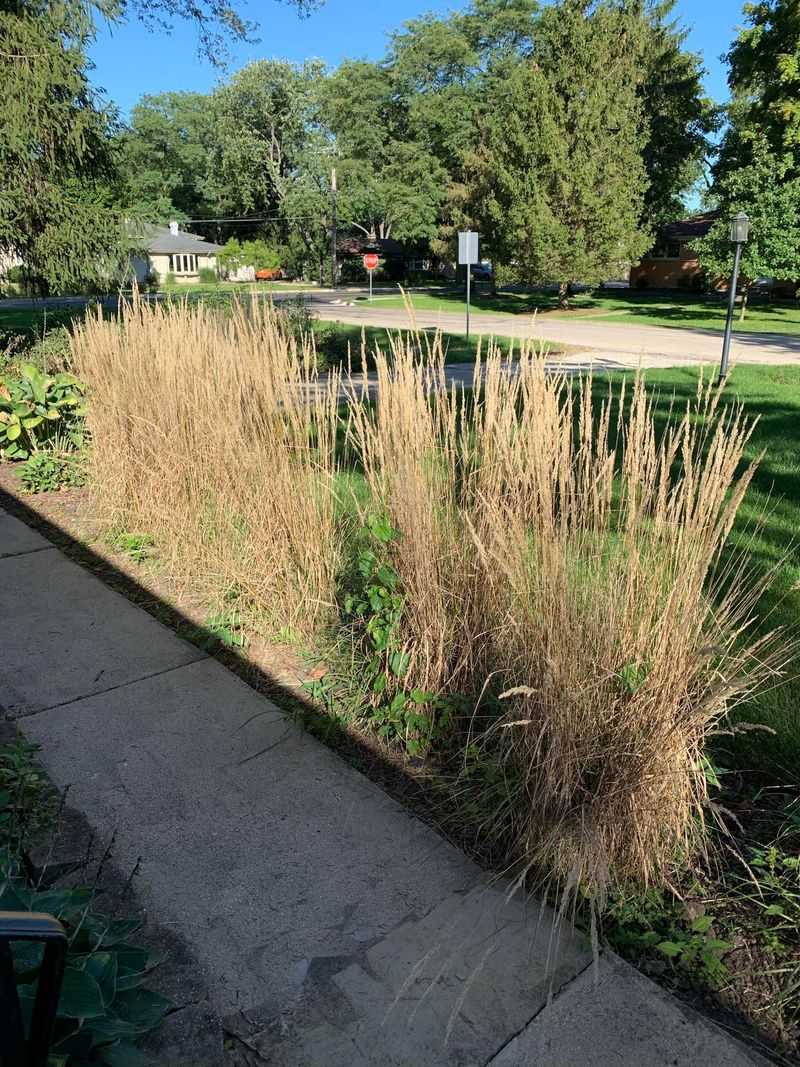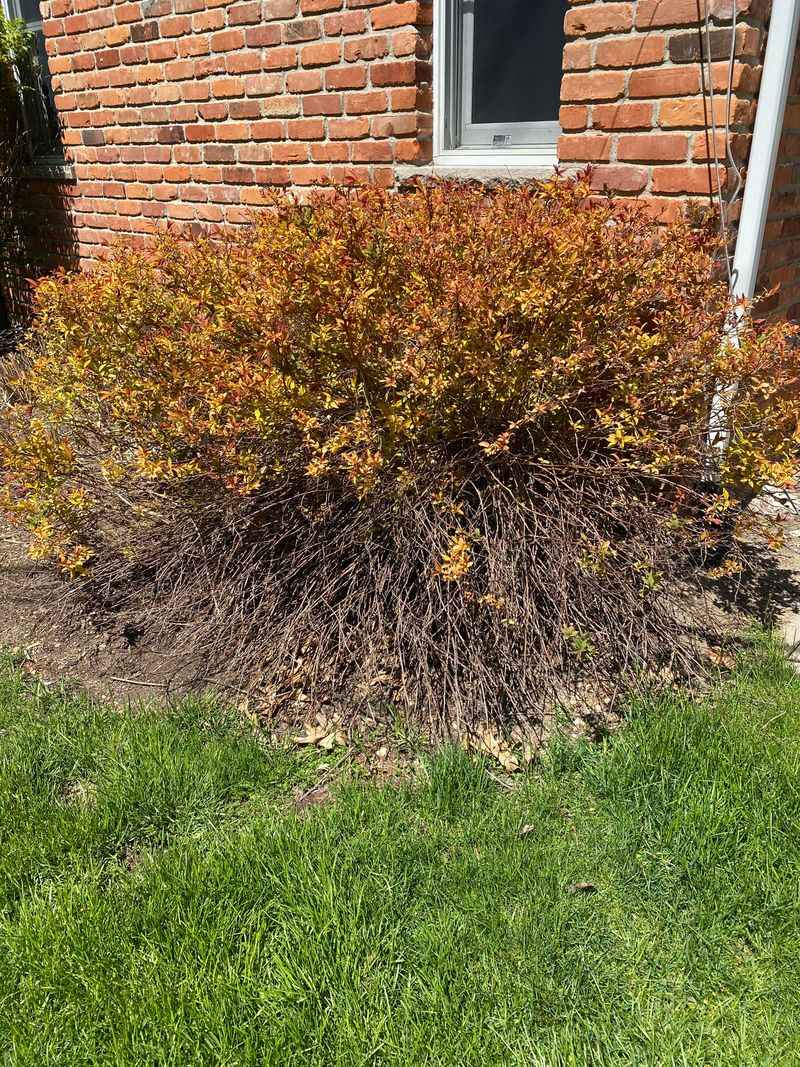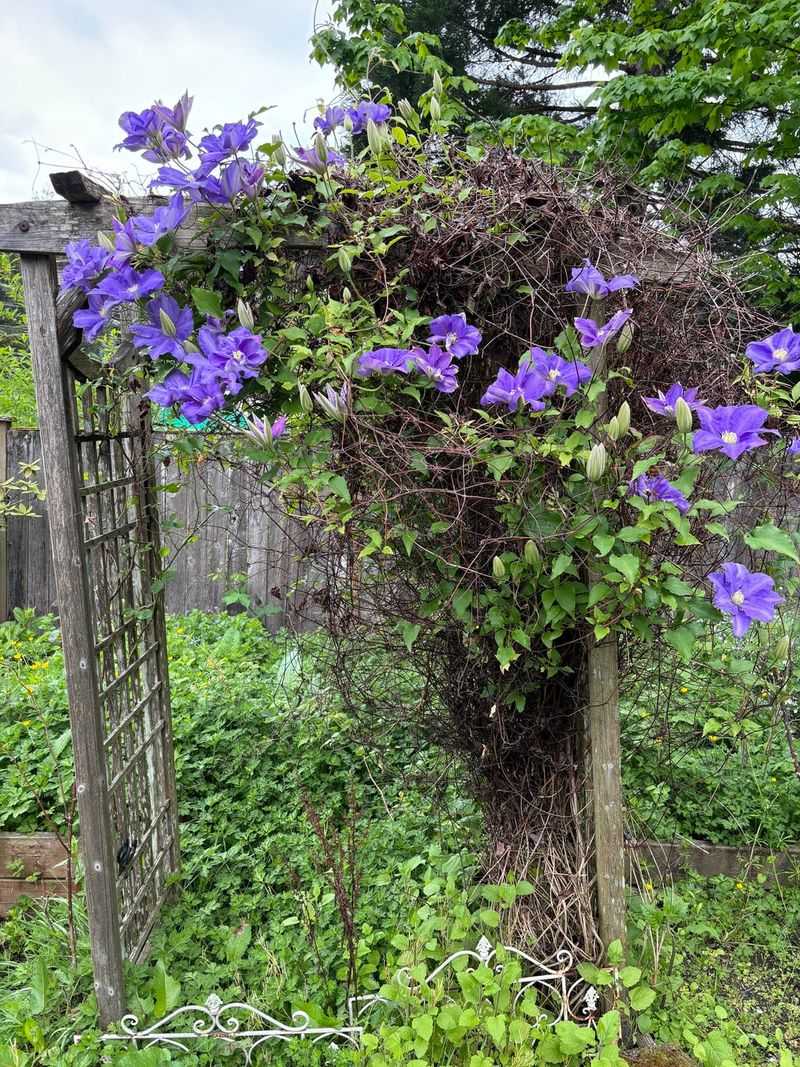November in Colorado draws a line in the sand between plants that handle a trim and those that kick up a fuss.
Cold nights roll in, snow taps on the window, and the garden starts to show its true colors. Some shrubs stay tough as nails, standing strong while others fold like a cheap lawn chair.
A smart cut at the right time keeps your yard in fighting shape and stops winter damage from sneaking in through the cracks. With the right choices, your landscape stays sharp, healthy, and ready to hit the ground running once spring comes calling.
1. Roses
Late autumn marks an ideal window for cutting back your rose bushes before winter truly sets in. Trimming them now removes damaged or diseased wood and prevents snow damage from heavy accumulation on long canes.
Focus on removing about one-third of the plant’s height and any crossing branches that rub together. This practice encourages better air circulation and stronger blooms when warm weather returns.
Colorado’s dry climate means roses benefit greatly from this seasonal maintenance routine.
2. Raspberry Canes
Raspberry canes need careful attention during November in Colorado. Cut the old, brown canes that produced fruit this past summer all the way to the ground, since they won’t bear again. Keep the strong, green canes in place for next year’s harvest.
Avoid removing every cane unless you grow a fall-bearing variety that allows a full reset. Proper pruning keeps the patch healthy, productive, and far easier to manage when spring arrives.
3. Honeysuckle Vines
Wild and wonderful, honeysuckle vines can quickly become overgrown without regular attention. Cutting them back in November controls their enthusiastic spreading habit and removes any damaged or weak stems before winter winds arrive.
Use sharp loppers to trim back excessive growth, shaping the vine to fit your garden space better. This timing allows the plant to enter dormancy without wasting energy on unwanted branches.
Your honeysuckle will reward you with more fragrant blooms next summer after this careful trimming.
4. Cotoneaster Shrubs
Known for their beautiful red berries and dense foliage, cotoneaster shrubs tolerate pruning remarkably well during late fall. Shaping them now helps maintain their attractive form and removes any branches damaged by early snowfall or wind.
Cut back overgrown sections to keep the shrub’s natural rounded shape intact. These hardy plants handle Colorado’s temperature swings with ease, making November pruning stress-free for both you and the plant.
Birds will still enjoy the remaining berries throughout winter months.
5. Lilac Bushes
While spring-blooming lilacs shouldn’t be heavily pruned in fall, November offers a chance to remove damaged wood and suckers growing from the base. These unwanted shoots drain energy from the main plant and create a messy appearance.
Carefully cut suckers at ground level and trim any broken or diseased branches you spot. Avoid cutting healthy stems that will produce next spring’s fragrant purple or white flower clusters.
This light maintenance keeps your lilac looking tidy without sacrificing blooms.
6. Ornamental Grasses
Graceful ornamental grasses add winter interest to gardens, but some varieties benefit from November trimming. Cutting them back prevents the center from withering away out and makes spring cleanup much easier.
Bundle the tall grass stems together with twine, then cut them about six inches above ground level using sharp hedge shears. The dried foliage makes excellent mulch when chopped and spread around other plants.
Fresh green shoots will emerge quickly once temperatures warm up again in springtime.
7. Spirea Shrubs
Summer-blooming spirea varieties respond wonderfully to November pruning sessions in Colorado gardens. Trimming them back now encourages bushier growth and more abundant flowering when the growing season returns.
Remove about one-third of the oldest stems at the base to rejuvenate the shrub’s appearance. Also cut back any wayward branches that disrupt the plant’s natural mounding shape.
Spirea’s toughness makes it forgiving if you accidentally cut more than intended during this maintenance task.
8. Clematis Vines
Certain clematis varieties that bloom on new wood benefit from November pruning in Colorado’s climate. Group 3 clematis types can be cut back hard, sometimes to just twelve inches above the ground.
This dramatic pruning might seem extreme, but it promotes vigorous spring growth and prevents tangled, woody stems. Check your specific clematis type before cutting, as some varieties bloom on old wood and require different timing.
Proper pruning transforms your clematis into a spectacular summer showstopper year after year.

